As the shift towards renewable energy intensifies, the importance of optimizing your home for solar panel installation cannot be overstated. According to the National Renewable Energy Laboratory, homes equipped with solar panels can reduce electricity bills by 50-90%, making financial feasibility a significant factor in the decision to go solar. Furthermore, a report by the Solar Energy Industries Association indicates that the U.S. solar market has experienced an average annual growth rate of nearly 20% over the past decade, emphasizing the rising demand for effective solar energy solutions. Homeowners who strategically enhance their properties for solar panel installation can not only boost energy efficiency but also increase property value. Understanding the nuances of site assessment, roof orientation, and shading analysis is crucial for achieving optimal energy production. By adopting best practices in solar readiness, homeowners can maximize their investments in renewable energy technology and contribute to a more sustainable future.
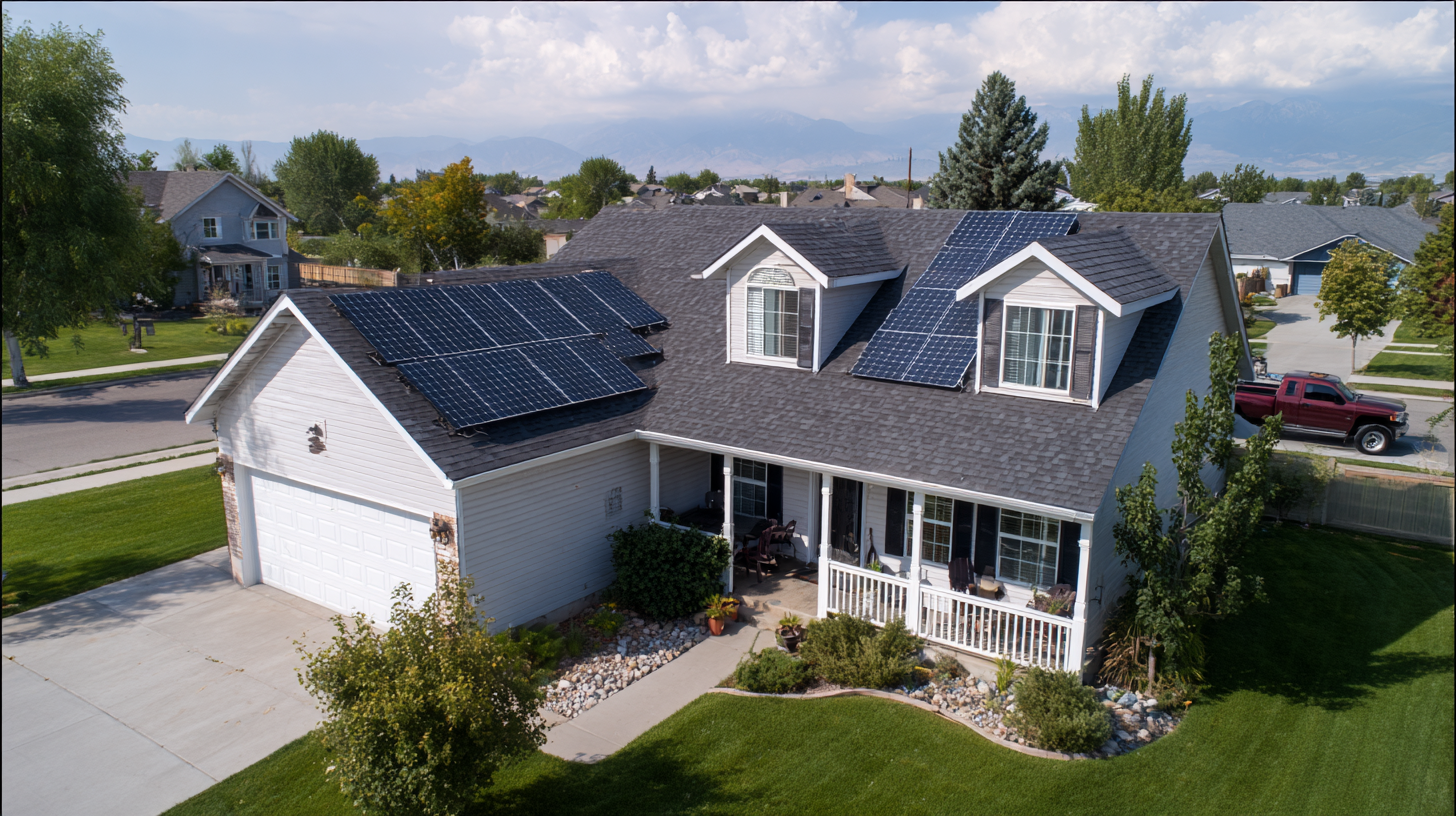
Choosing the right location for solar panel installation is crucial to maximizing energy production and ensuring the system's overall efficiency. According to a report by the U.S. Department of Energy, solar panels can generate 20-30% more energy when installed in optimal locations, minimizing shading and maximizing sunlight exposure. Homeowners should prioritize south-facing rooftops where they receive uninterrupted sunlight throughout the day. It’s also recommended to analyze the roof's angle, as a tilt between 30 to 45 degrees is ideal for capturing solar energy effectively.
Furthermore, it’s important to consider the surrounding environment. Trees, buildings, and other obstacles can create shade that significantly reduces solar panel efficiency. A study published by the National Renewable Energy Laboratory indicates that even a small amount of shading can lead to a 10% decrease in energy production. Therefore, homeowners should assess their property and surroundings carefully. Conducting a solar site assessment can help identify the best spots for installation and ensure that any potential shading issues are addressed before installation begins.
| Location Factor | Description | Importance (1-5) | Optimal Conditions |
|---|---|---|---|
| Roof Orientation | The direction your roof faces can significantly affect sunlight exposure. | 5 | South-facing is ideal, with minimal shading. |
| Shade Analysis | Examine surrounding trees and buildings for potential shade on solar panels. | 4 | No shade during peak sun hours. |
| Roof Type | Different roofing materials can impact installation methods. | 3 | Asphalt shingles and metal roofs work well. |
| Tilt Angle | The angle of installation can optimize solar energy capture. | 5 | 30-45 degrees for optimal efficiency. |
| System Size | Consider the energy consumption when determining panel size. | 4 | Larger systems provide more energy but require more space. |
When optimizing your home for solar panel installation, understanding the types of solar panels and their efficiency ratings is crucial. Solar panels broadly fall into three categories: monocrystalline, polycrystalline, and thin-film.
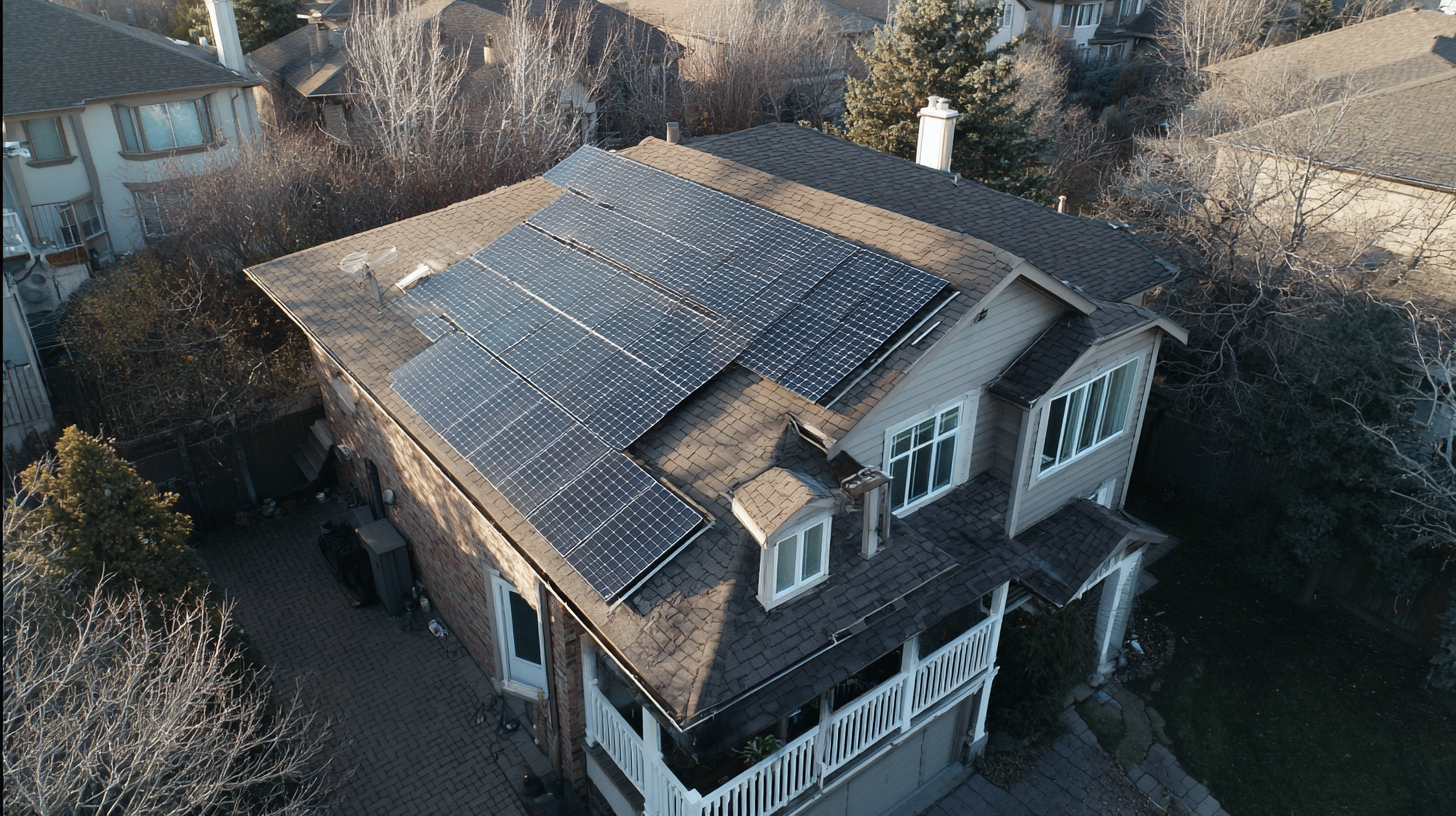 Monocrystalline panels typically offer the highest efficiency, with peak efficiencies nearing 22-27%. They are made from a single crystal structure, providing significant space-saving benefits. In contrast, polycrystalline panels tend to have slightly lower efficiency ratings, generally ranging from 15-20%, but they often come at a lower initial cost. Thin-film panels, while the least efficient—averaging around 10-12%—can be cost-effective and flexible, making them suitable for certain installations where weight or space is a concern.
Monocrystalline panels typically offer the highest efficiency, with peak efficiencies nearing 22-27%. They are made from a single crystal structure, providing significant space-saving benefits. In contrast, polycrystalline panels tend to have slightly lower efficiency ratings, generally ranging from 15-20%, but they often come at a lower initial cost. Thin-film panels, while the least efficient—averaging around 10-12%—can be cost-effective and flexible, making them suitable for certain installations where weight or space is a concern.
Recent advancements in photovoltaic technology have significantly impacted efficiency ratings, making it easier for homeowners to choose high-performing panels. The global push for renewable energy is driving manufacturers to innovate, leading to panels that not only convert solar energy more effectively but also perform better under various environmental conditions. Furthermore, the ongoing research surrounding interfacial delamination in photovoltaic modules highlights the importance of durability and reliability in panel selection. For homeowners looking to invest in solar power, understanding these factors will help ensure a successful installation that maximizes energy production and long-term value.
Assessing your home's energy needs is crucial for optimizing solar panel installation. Begin by conducting an energy audit to understand your current consumption patterns. This involves reviewing your utility bills to identify peak usage times and calculating your average monthly energy consumption. With this data, you can determine how much solar energy your system should generate to meet your needs effectively.
Tip: Consider increasing your home’s energy efficiency before installation. Simple upgrades like LED lighting, smart thermostats, and high-efficiency appliances can lower your energy demand, allowing for a smaller, more cost-effective solar panel system.
Next, evaluate your home's orientation and roof type. South-facing roofs typically receive the most sunlight throughout the day, making them ideal for solar panel installation. If your roof is shaded by trees or buildings, consider trimming or removing obstructions to maximize sun exposure.
Tip: If your roof is not suitable, explore alternatives such as ground-mounted solar panels or solar carports that can still provide significant energy generation while enhancing your property’s aesthetic appeal.
When considering solar panel installation, the condition and angle of your roof play a crucial role in optimizing sun exposure and, consequently, energy production. According to the National Renewable Energy Laboratory (NREL), roofs that face south are ideal, as they receive the most sunlight throughout the day. A roof angle between 30 and 45 degrees is also recommended, as this positioning maximizes the efficiency of solar energy absorption. For flat roofs, a tilt can often be introduced, which can significantly enhance the overall performance of solar panels.
Additionally, assessing the roof's condition is essential before installation. A study by the Solar Energy Industries Association (SEIA) highlights that nearly 40% of solar panel failures are attributed to improper installation and poor roof integrity. Homeowners should ensure that their roof is free of major damage, such as leaks or structural issues, and should be prepared to invest in repairs as necessary. By prioritizing these aspects, you can significantly increase the likelihood of successful solar panel installation and long-term energy savings.
To optimize your home for solar panel installation, incorporating smart home technology can significantly enhance solar energy usage. The global market for Home Energy Management Systems (HEMS) is projected to reach $5.382 billion by 2025 and soar to $19.98 billion by 2033, showcasing a robust compound annual growth rate (CAGR) of 17.82%. This growth underscores the increasing demand for efficient energy management at residential levels, which aligns well with solar installations, enabling homeowners to monitor and optimize energy consumption effectively.
Furthermore, the integration of advanced electric power management through smart grids is revolutionizing energy systems. The anticipated growth in power management integrated circuits (PMIC) from $19.06 billion in 2025 to $25.88 billion by 2033, at a CAGR of 3.9%, indicates a trend toward more intelligent and responsive energy systems. These technologies not only promote energy efficiency but also allow for seamless interaction between solar panels and other smart devices, enhancing the overall energy management capabilities of households. Additionally, developments in the solar generator market, estimated to rise from $632.74 million in 2025 to $1.01829 billion by 2032, further illustrate the increasing adoption of solar technology paired with smart home solutions.
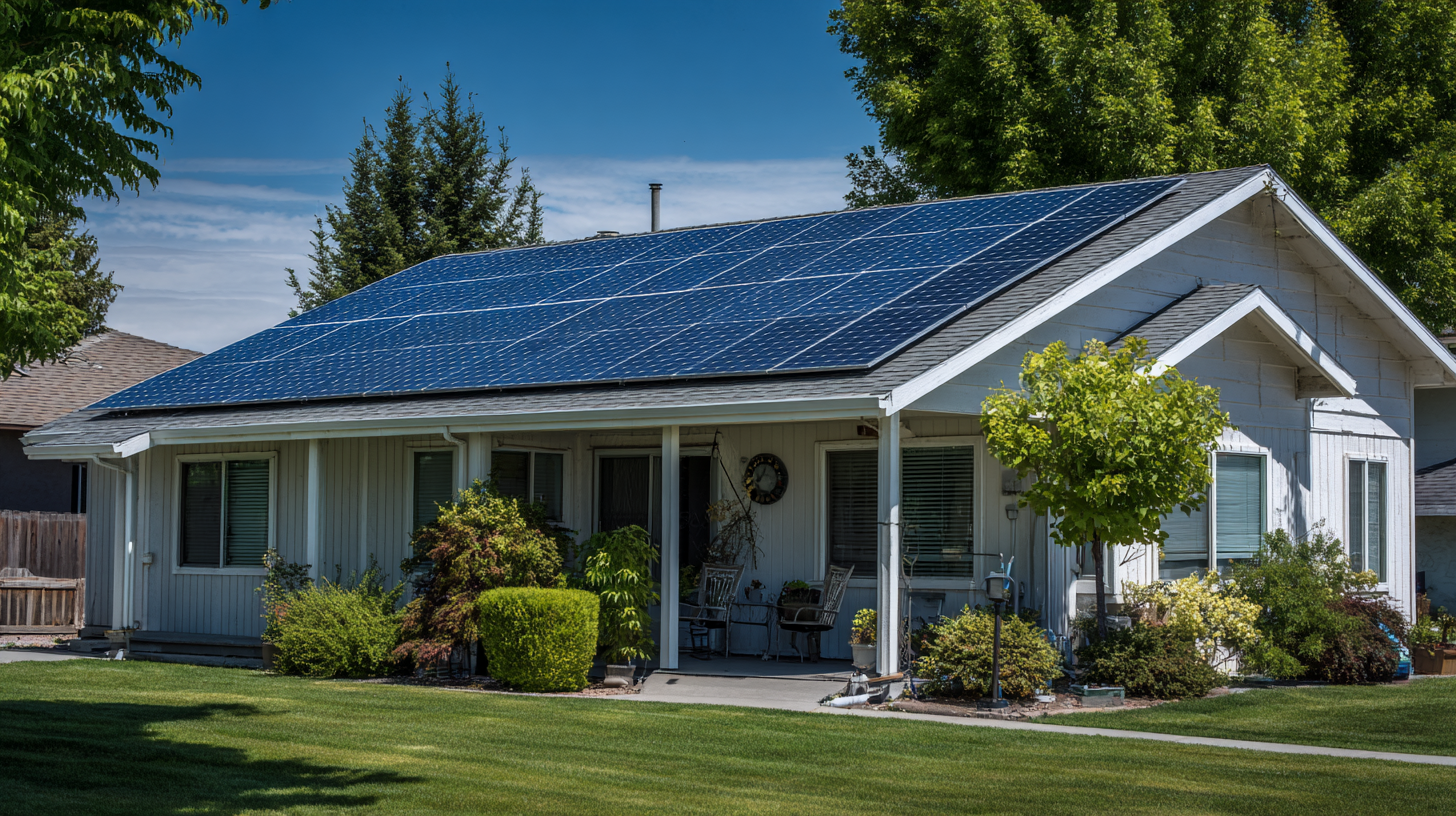
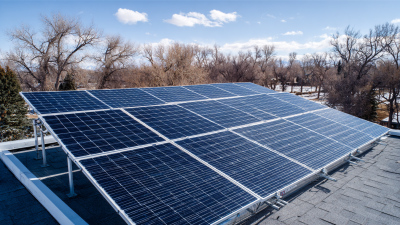
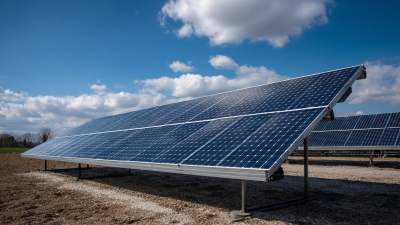
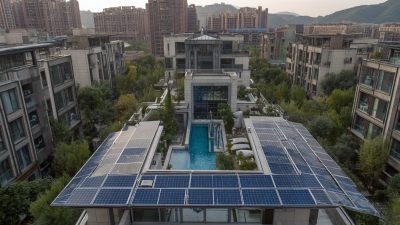

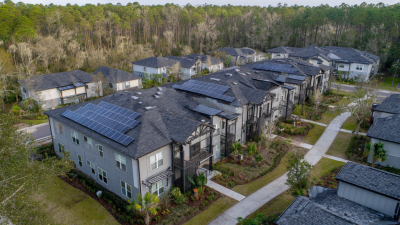

As electricity costs continue rising, many small households in Maharashtra seek sustainabl...Read More
Uttar Pradesh is making significant progress in adopting renewable energy, particularly so...Read More
With the Indian government actively promoting renewable energy through subsidies and polic...Read More
Tired of watching your electricity bills climb month after month and strain your pockets? ...Read More
Switching to solar energy in Gujarat has never been more profitable! With plenty of sunlig...Read More
If you live in Madhya Pradesh and want to save money on power while living a greener lifes...Read More
If you’re a resident of Bangalore looking to save on your skyrocketing electricity b...Read More
If you live in Karnataka and have been looking for an environmentally friendly, cost-effec...Read More
Delhi is a city that thrives on its vibrant energy, and what better way to complement that...Read More
As electricity costs continue rising, many small households in Maharashtra seek ...Read More
Uttar Pradesh is making significant progress in adopting renewable energy, parti...Read More
With the Indian government actively promoting renewable energy through subsidies...Read More